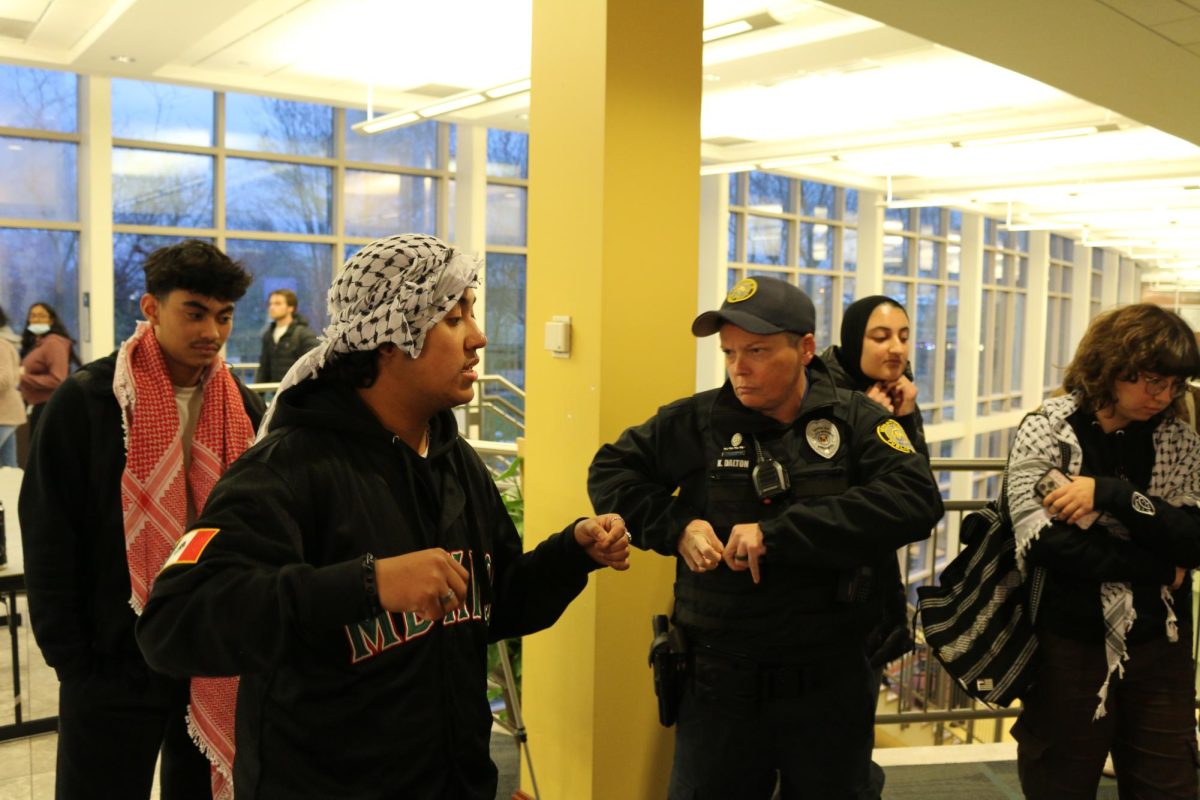Steven Zsigray, a freshman living in Griesedieck Complex,
recently experienced a persistent sore throat. A week later, the
sore throat was accompanied by a poison ivy-like rash. Steven was
soon treated for scarlet fever at the Saint Louis University
Medical Center.
“I talked to some RAs in Gries and I was like the ninth person
to get it,” said Zsigray.
Grace Fleming, also a freshman, had scarlet fever earlier in the
year and said that her doctor diagnosed the rash as an allergic
reaction.
“I was itching horribly and I got the rash before the fever, so
he (the doctor) didn’t know what it was,” said Fleming. “But once I
got the sore throat stuff, I had to go to the hospital.”
Nancy Delaney, M.D., of the Saint Louis University Student
Health and Counseling Center said that scarlet fever was once a
serious childhood disease, but is no longer considered life
threatening with the advent of antibiotics. Scarlet fever was a
deadly epidemic in the 1800s, but is now a benign infection.
“Scarlet fever is just an infection of the throat,” said
Delaney. “It’s the same bacteria that causes strep throat…it’s
just a different strain.”
The infection is caused by group A beta hemolytic streptococcal
bacteria, and different strains of the strep bacteria vary in the
severity of the illness.
Symptoms of scarlet fever include a fever of 101 degrees or
higher, sandpapery rash, red sore throat, chills, general malaise,
swollen glands in the neck and enlarged bumps on the tongue, called
“strawberry tongue.”
“With scarlet fever, you get a sore throat, you get a rash and
you get a fever,” said Delaney. “People used to have very serious
complications, but it’s treatable with antibiotics.”
Zsigray said that the rash started out on his arms, chest and
neck and spread to his face, but luckily it did not spread below
his waist. He said that while the discomfort was minimal, the rash
was irritating. He likened the infection and the rash to poison
ivy, but he used the image of the poison coming from inside the
body.
“It itched; I had to shower in cold water because hot water
makes it itch more,” he said.
Zsigray said he consulted his mother and the internet before
finally going to the hospital. “I’m stubborn like that.”
“You can get penicillin in pill form or get a shot in the butt.
I got the shot in the butt and it (the infection) was just gone,”
said Zsigray.
No cases have been treated at the Student Health and Counseling
Center, according to Student Health Director Debbie Scheff. “We
haven’t diagnosed any scarlet fever over here,” said Scheff.
The infection is quite contagious and spreads easily by way of
airborne respiratory particles. It can be transmitted via close
contact with an infected person, direct contact with the rash or
exchange of fluids.
Barnes Jewish Hospital has treated three cases since the
beginning of November, which, according to their media department,
is “a little high.” Saint Louis University Hospital has reported no
cases of scarlet fever to the St. Louis Public Health Department
since Oct. 15th.
“I’m not aware of any outbreak at this time,” said Delaney.
“(There have been) no cases at Student Health, and no outbreaks
reported from the City Health Department, nothing in the papers. I
would think it would be.”





